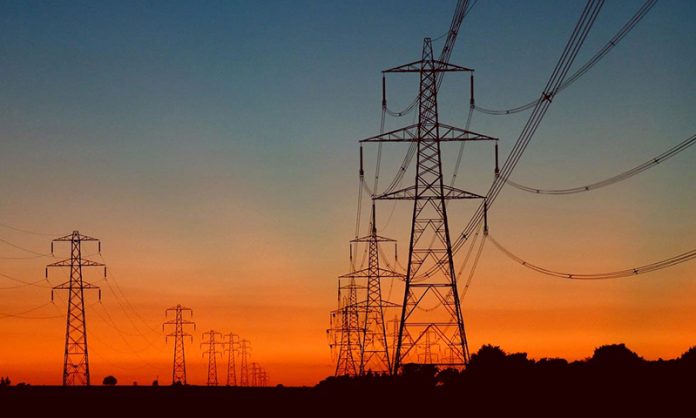ISLAMABAD:As devastating floods continue to batter communities across Punjab and Khyber Pakhtunkhwa (KPK), the misery of thousands of families has been compounded by days of prolonged electricity outages.
The Power Division, in a report released Monday, confirmed that 51 grid stations and 543 feeders were knocked out by floodwaters nationwide, leaving homes, businesses, and hospitals in the dark.
The outages have disrupted daily life in ways that go far beyond flickering lights. In rural Punjab, families have been struggling to preserve food and medicines without refrigeration. Children preparing for school exams are forced to study by candlelight or handheld lamps, while hospitals and clinics in affected areas rely on costly diesel generators to keep critical equipment running.
“My son needs regular medicine stored in a cool place, but without electricity we are helpless,” said Riaz Ahmed, a resident of Muzaffargarh, one of the hardest-hit districts. “We are fighting both the floodwaters and the darkness.”
According to the Power Division, recovery work is underway with varying progress across different distribution companies. In Faisalabad Electric Supply Company (FESCO) areas, 28 grids and 81 feeders were submerged; 36 feeders have been fully restored and 44 partially. Around 61,909 consumers are still waiting for supply to return, with restoration expected between September 16 and 17.
In Lahore Electric Supply Company (LESCO) territory, which covers Lahore, Nankana, and Sheikhupura, 63 of the 67 affected feeders are back online. Approximately 4,825 consumers are expected to see power fully restored by September 16. “We spent three nights in darkness, boiling water on firewood and sleeping under the open sky,” said Shazia Bibi from Sheikhupura. “When the lights finally came back, my children clapped in relief.”
Multan Electric Power Company (MEPCO) faces one of the most difficult challenges, with 180 feeders impacted. Only seven have been fully restored, while 166 are operating partially as floodwaters continue to hamper repairs. Officials say full restoration will begin as soon as water levels recede.
In Gujranwala Electric Power Company (GEPCO) areas, 103 feeders were hit; 96 are back online, while seven remain partly functional. More than 1,100 consumers are still without power, waiting for floodwaters to subside.
In Peshawar Electric Supply Company (PESCO) regions, which include Swat, Swabi, and Dera Ismail Khan, 87 feeders have been fully restored and four partially, bringing relief to thousands.
Tribal Electric Supply Company (TESCO) reported that 18 feeders in North Waziristan and Khyber were affected, but 17 have now been restored, with the last expected to return by September 15. Hazara Electric Supply Company (HESCO) confirmed that all three damaged feeders in Mansehra are fully back online.
While progress is evident, the delays underscore the harsh reality faced by communities where electricity is more than just a convenience. In flood shelters, displaced families complain of stifling heat without fans, lack of clean drinking water from electric pumps, and the inability to charge mobile phones — their only connection to loved ones and rescue teams.























